Document verification is an important step in many business processes, as it helps minimize risk and maximize confidence in the validity of the information being presented. This process involves verifying the authenticity of documents such as IDs, passports, certificates, licenses, and other forms of official identification.
There are Various Methods That Businesses Can Use To Verify The Authenticity Of These Documents:
1. Visual Inspection:
This involves physically examining the document for signs of tampering, such as altered text, missing security features, or anomalies in the printing or paper quality.
2. Database Checks:
This involves checking the information on the document against databases of authorized or validated documents.
3. Biometric Verification:
This involves using biometric technologies such as fingerprints or facial recognition to confirm the identity of the individual presenting the document.
4. Authentication Services:
This involves using third-party authentication services to verify the authenticity of the document, which may use a combination of the above methods.
By verifying the document authentication, businesses can reduce the risk of fraud, identify any potential red flags, and make informed decisions about who they are doing business with. This can help minimize the risk of financial loss, reputational damage, and legal liability.
In today’s fast-paced business world, organizations are constantly seeking ways to streamline processes and improve efficiency. One area that often requires time-consuming manual efforts is document verification. With the growing number of fraudsters and scams, verifying the authenticity of documents has become increasingly important in many industries, including banking, healthcare, and government. The good news is that technology has made document verification easier and more efficient than ever. In this article, we will examine the benefits of implementing document verification in business operations.
Benefits of Implementing Document Verification in Business Operations
Reduced Fraud and Improved Security
One of the primary benefits of document verification is reduced fraud and improved security. Fraudulent documents can pose a significant risk to an organization, and traditional manual verification processes are often time-consuming and prone to error. By implementing a document verification system, organizations can reduce the risk of fraud by automatically verifying the authenticity of documents in real-time. This not only saves time but also increases the accuracy and reliability of the document verification process.
For example, in the banking industry, document verification is essential in preventing money laundering and other financial crimes. By verifying the authenticity of documents such as passports, ID cards, and driver’s licenses, banks can ensure that they are not unknowingly facilitating illegal activities. Similarly, in the healthcare industry, document verification is crucial in ensuring that patient information is accurate and up-to-date, and that patients receive the appropriate care.
Improved Efficiency and Productivity
Another benefit of document verification is improved efficiency and productivity. Traditional manual verification processes can be slow and cumbersome, and errors can occur, leading to time-consuming and costly mistakes. By automating the verification process, organizations can save time and resources, and reduce the risk of errors. This allows employees to focus on more value-added tasks, such as customer service and innovation, rather than being bogged down by manual verification processes.
For example, in the government sector, document verification is a crucial component of many processes, including immigration, citizenship, and voting. By automating the verification process, government agencies can reduce processing times and improve service delivery, leading to a more efficient and productive government.
Compliance with Regulations
Document verification is also important for ensuring compliance with regulations. Many industries are subject to strict regulations that require organizations to verify the authenticity of documents. By implementing a document verification system, organizations can ensure that they are in compliance with these regulations, avoiding costly fines and legal action.
For example, in the financial industry, compliance with anti-money laundering regulations is crucial. By verifying the authenticity of documents, financial institutions can ensure that they are not facilitating illegal activities, and that they are in compliance with regulations. Similarly, in the healthcare industry, compliance with privacy regulations is critical, and document verification is essential in ensuring that patient information is secure and protected.
Improved Customer Experience
In addition to the benefits outlined above, document verification can also improve the customer experience. By automating the verification process, organizations can reduce processing times and provide customers with a faster and more efficient service. This not only improves customer satisfaction but also helps to build trust and credibility with customers, leading to increased customer loyalty and retention.
For example, in the banking industry, document verification is essential in the onboarding process for new customers. By verifying the authenticity of documents in real-time, banks can provide customers with a faster and more efficient service, improving the overall customer experience. Similarly, in the healthcare industry, document verification is crucial in ensuring that patients receive the appropriate care, and that their information is accurate and up-to-date, improving the overall patient experience.
Conclusion
Overall, document verification is a critical process that can help organizations to ensure the authenticity, identity, and accuracy of their documents. Whether for the purpose of security, trust, efficiency, compliance, or accuracy, document verification is an important tool that can help organizations to achieve their goals and protect their interests.
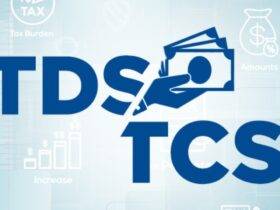




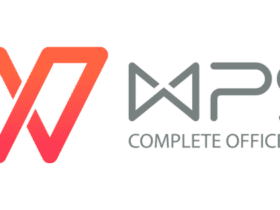











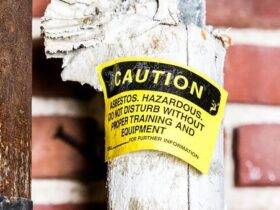






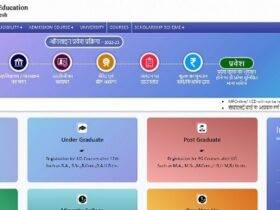

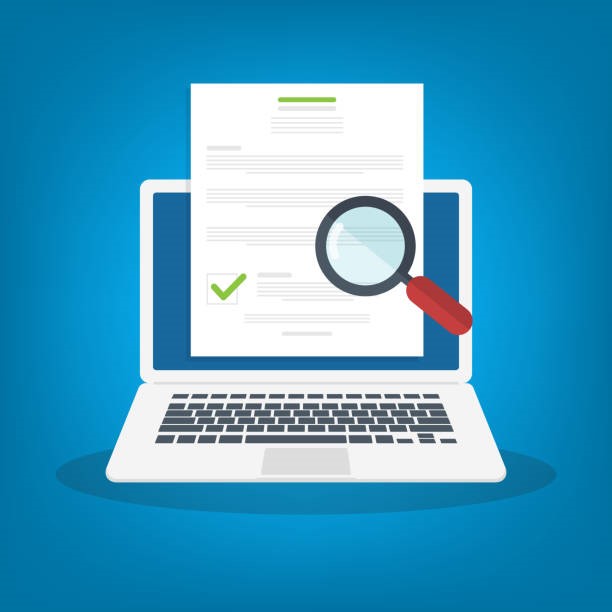



Leave a Reply